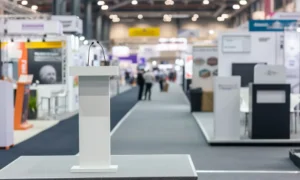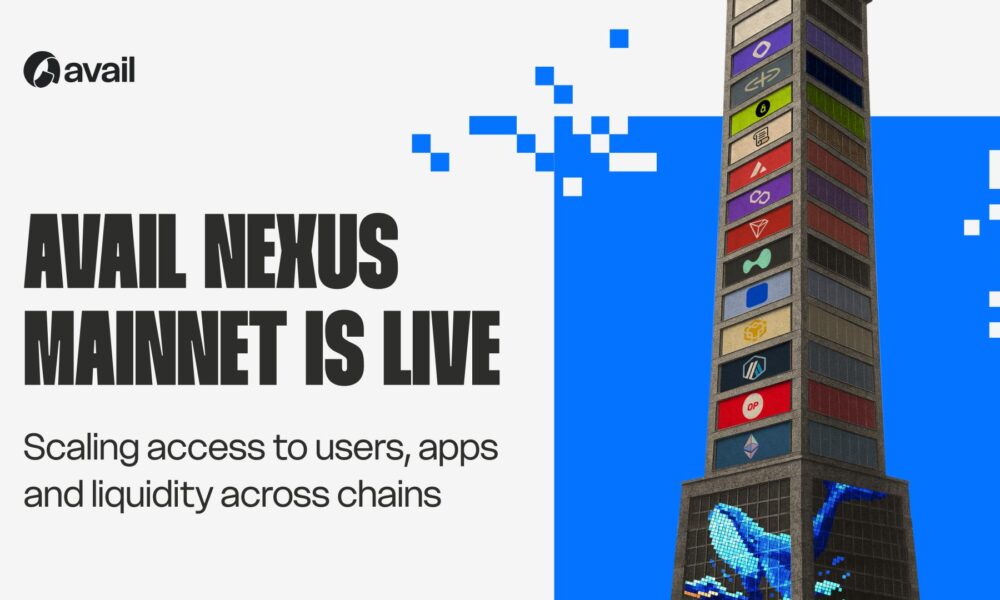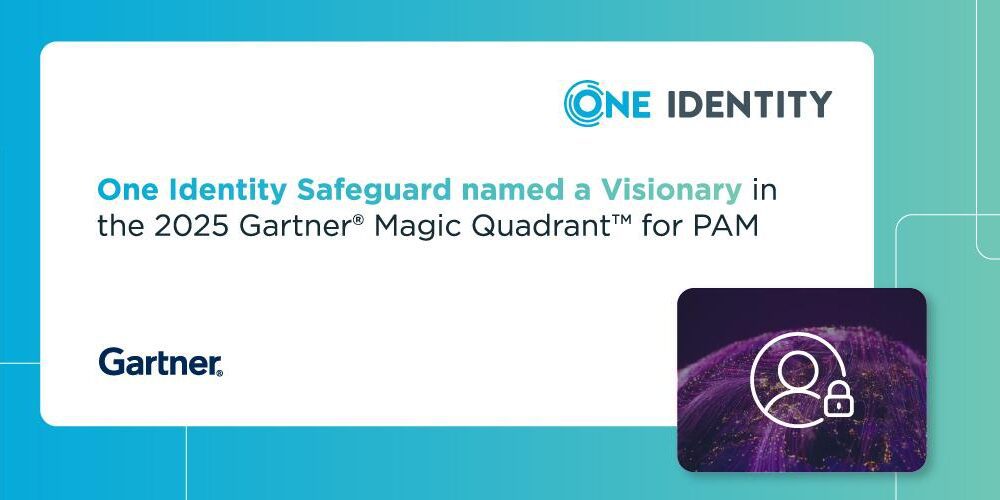The pharmaceutical industry is a high-pressure world, where companies scramble to outpace rivals, slash trial failures, and bring drugs to market faster. With costs skyrocketing and breakthroughs hard-won, the hunt for smarter tools never stops. Single-cell sequencing has stepped into the spotlight, offering a razor-sharp look at cellular mechanics. This isn’t just a lab trick—it’s a shift that’s cracking open new ways to develop drugs, cut waste, and tap into fresh revenue streams.
Overhauling Drug Development
Old-school research often lumps cells together, studying them as a crowd. That approach glosses over quirks in rare cells or subtle differences in how they react to drugs. It’s like trying to understand a city by only looking at its skyline. Single cell sequencing zooms in, spotlighting each cell’s unique behavior. This clarity unearths details about disease processes that broader methods miss.
In practice, this means researchers can sort out promising drug candidates early. Say a team’s working on a treatment for lung cancer—they can see which cells respond and why, nixing duds before millions are spent. This cuts down on blind alleys, sharpens focus, and gets development moving faster. It’s less guesswork, more precision, saving time and cash.
Nailing the Right Targets
Picking a drug target is a gamble with brutal odds. Choose wrong, and years of work go down the drain, along with hefty budgets. General studies might point to a target that seems solid but fizzles in key cell types tied to a disease. Single-cell sequencing flips this, letting scientists zero in on cells driving the problem.
For instance, in studying Alzheimer’s, researchers can isolate brain cells with specific protein markers and test how they react to compounds. This hones in on targets that pack a real punch, boosting the chances of a hit. By catching weak options early, companies dodge costly missteps and keep their eyes on the prize.
Making Trials Less of a Roll of the Dice
Clinical trials are a beast—pricey, slow, and too often doomed by mismatched patients. Getting the right participants is everything. Single-cell sequencing steps up by mapping gene expression cell by cell, spotting patterns that show who’s likely to respond to a drug.
Picture a trial for a new psoriasis treatment. Sequencing can pick out patients with matching immune cell traits, ensuring the drug’s tested on those it’s built for. This tightens trial design, trims costs, and ups the odds of success. Fewer flops mean faster approvals and drugs that actually work for the people taking them.
Giving Old Drugs New Life
Plenty of drugs get shelved when they don’t work for their original target. But those compounds aren’t always duds—they might just need a new job. Repurposing them skips the grind of starting from zero, saving years and dollars.
Single-cell sequencing spots these second chances by revealing how drugs affect unexpected cell types. A compound that flopped for heart disease might tweak nerve cells in a way that screams potential for epilepsy. This opens doors to niche diseases with few treatments, letting companies repurpose past work for quick wins and untapped markets.
Fueling Tailored Treatments
Medicine’s future lies in personalization—drugs that fit a patient’s unique biology. People don’t respond to treatments the same way, thanks to genetics or cellular quirks. Single-cell sequencing delivers the data to make this real, showing how a drug plays out in an individual’s cells.
In breast cancer, for example, it can pinpoint tumors with rare mutations, guiding drugs that hit those specific targets. These bespoke treatments often carry higher price tags because they’re so specialized, driving profits while helping patients who’d otherwise have few options. It’s medicine that feels made-to-order, not one-size-fits-all.
Slashing Costs, Boosting Efficiency
Developing a drug can burn through billions, with failed trials and long timelines piling on the pain. Companies are desperate to tighten up without skimping on quality. Single-cell sequencing helps by flagging weak candidates before they drain resources, letting teams focus on what’s got legs.
It also cuts lab costs. Working with single cells means smaller samples, fewer reagents, and less waste. Pair that with automated sequencing setups, and you’ve got faster, cheaper data crunching. These savings let companies pour more into high-potential projects, speeding drugs to market without breaking the bank.
Chasing New Revenue
Blockbuster drugs are rare, so companies need fresh angles to stay profitable. Rare diseases or underserved conditions are goldmines, often with less competition. Single-cell sequencing cracks these open by shedding light on tricky diseases that defy traditional research.
Take rare genetic disorders—sequencing can unravel their cellular quirks, pointing to new therapies for small but desperate patient groups. These markets let companies charge premium prices, building steady income streams. It’s a savvy way to blend innovation with business smarts.
Tackling Industry Hurdles
Pharma’s up against it—sky-high costs, tough regulations, and pressure for personalized care. Single-cell sequencing keeps companies nimble, pairing with AI for quick data analysis or robotics for streamlined labs. This adaptability helps navigate a crowded, complex field.
It also bolsters regulatory cases. Rich cellular data strengthens proof of a drug’s value, easing approval hurdles. As healthcare leans toward value-based models, drugs with solid, granular evidence stand out, securing better market access.
A Blueprint for Success
Single-cell sequencing isn’t just a lab tool—it’s a strategic edge. It sharpens target picks, streamlines trials, and breathes new life into old drugs. It trims costs, speeds innovation, and unlocks high-value markets. For pharma, it’s a way to turn biology’s complexity into profit and progress.
As the industry gets tougher, tools like this are make-or-break. Companies jumping on board now will lead the pack, crafting therapies that hit the mark while keeping wallets full. Single-cell sequencing shows big wins can start small, reshaping pharma’s future one cell at a time.





























